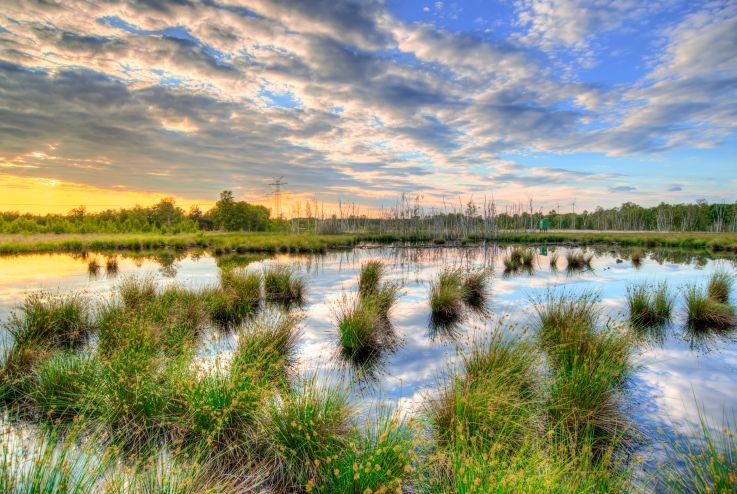What is a wetland?
Tennessee State Rule (0400-40-07-.03) defines “wetlands” and “constructed wetlands” as:
"Wetlands" means those areas that are inundated or saturated by surface or ground water at a frequency and duration sufficient to support, and that under normal circumstances do support, a prevalence of vegetation typically adapted for life in saturated soil conditions. Wetlands generally include swamps, marshes, bogs, and similar areas.
“Constructed Wetland” means intentionally designed, built and operated on previously non-wetland sites for the primary purpose of wastewater treatment or stormwater retention; such wetlands are not created to provide mitigation for adverse impacts or other wetlands.
- EPA defines wetlands as “areas where water covers the soil, or is present either at or near the surface of the soil all year or for varying periods of time during the year, including during the growing seasons.”
- Hydrology largely determines how the soil develops and the types of plant and animal communities living in and on the soil; may support both aquatic and terrestrial species.
- Wetlands vary widely because of regional and local differences in soils, topography, climate, hydrology, water chemistry, vegetation and other factors, including human disturbance.
- EPA Wetland Classification
- Section 404 of the Clean Water Act: How Wetlands are Defined and Identified
This Page Last Updated: February 11, 2021 at 1:44 PM
